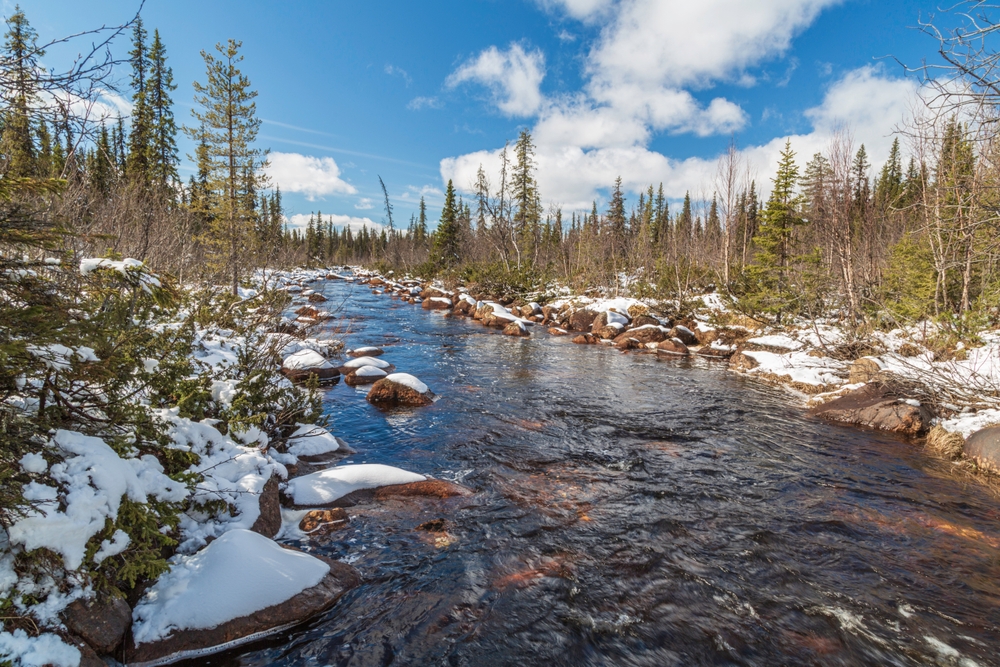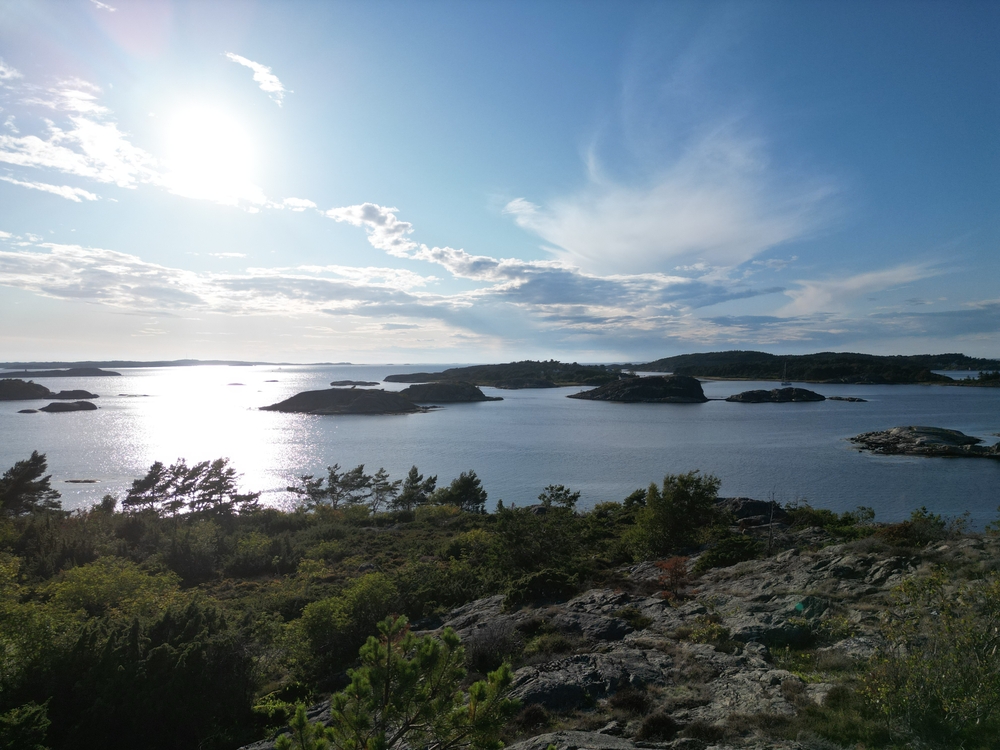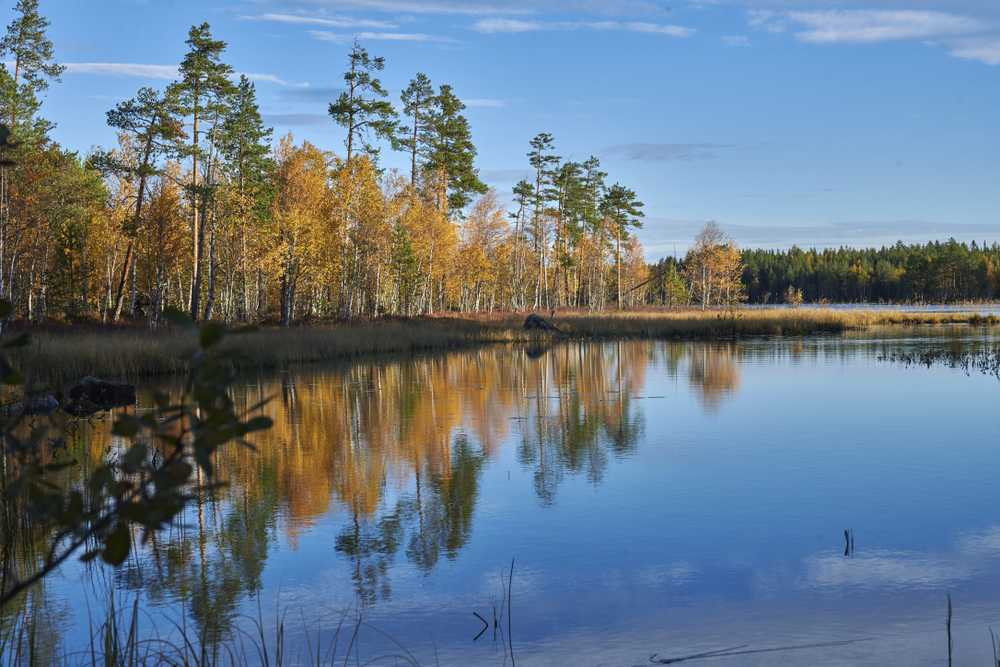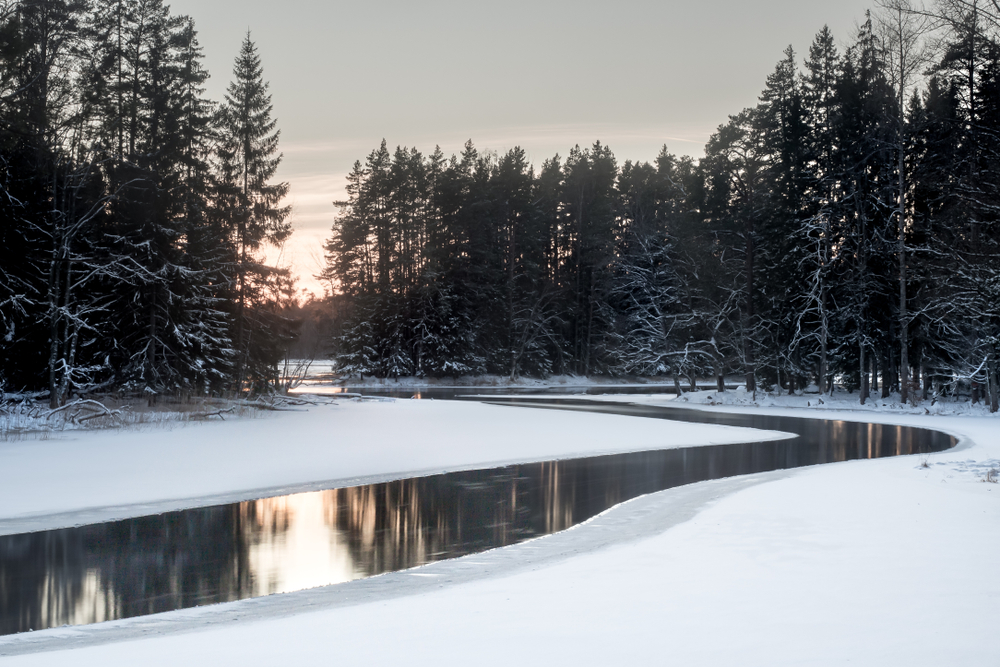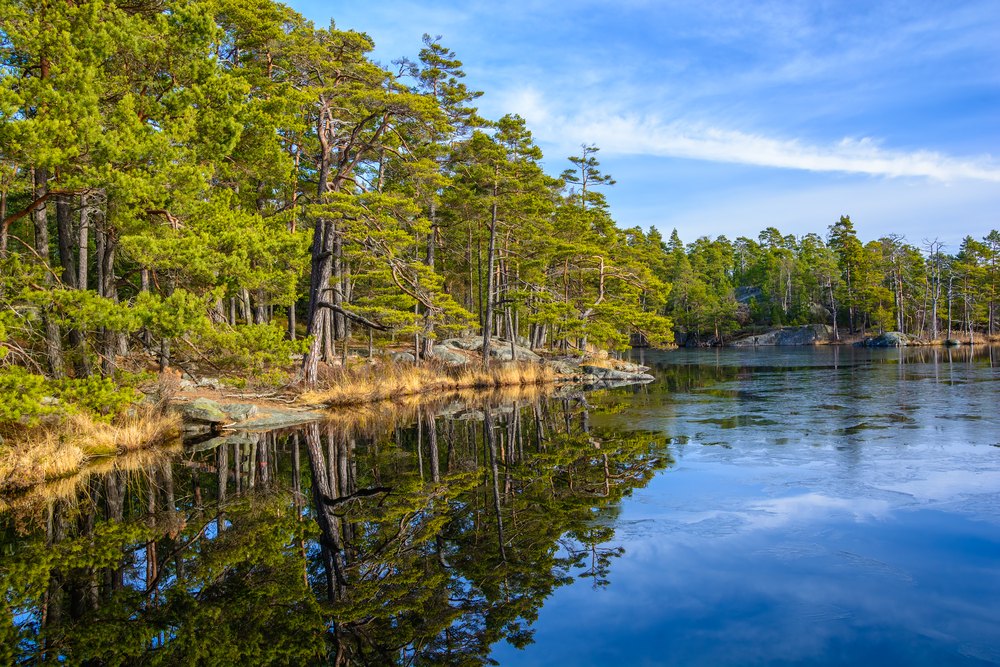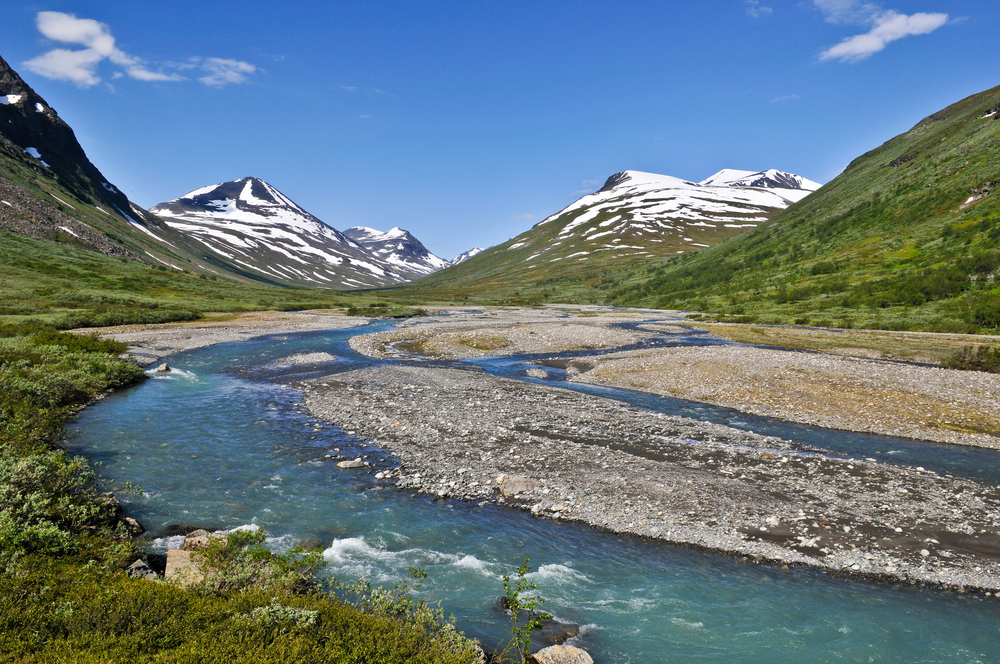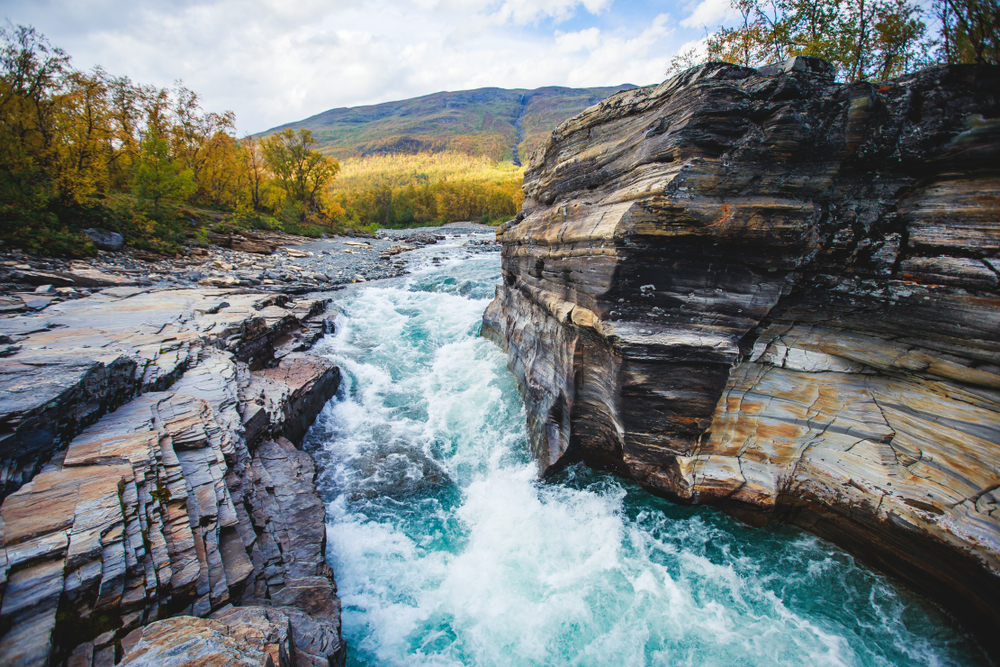Muddus Overview
Muddus National Park, known as Muttos in the local Sámi language, is a vast protected wilderness in northern Sweden, within the Norrbotten County. Covering approximately 193 square miles (500 square kilometers), it is part of the larger Laponia World Heritage Site, a designation that highlights its ecological and cultural significance.
The park is located within the Arctic Circle, making it a prime example of the taiga, or boreal forest, that dominates much of Sweden’s northern landscapes. It is known for its deep forests, expansive mires, dramatic cliffs, and striking waterfalls, with Muddusagahtjaldak being one of its most famous natural features. The terrain is relatively flat but is punctuated by rocky outcrops and rugged gorges that add a sense of untamed beauty to the landscape.
Muddus National Park is primarily characterized by its vast boreal forest, consisting mainly of ancient pine trees, some of which are over 700 years old. These forests are interspersed with open wetlands and bogs that provide essential habitats for wildlife.
The mires, which make up a significant portion of the park, are rich in sphagnum mosses, sedges, and dwarf birches. The park’s wetlands serve as critical breeding and feeding grounds for many bird species, making it a particularly attractive destination for birdwatchers.
The contrast between the thick woodlands and open marshes creates an ever-changing landscape that shifts with the seasons, from snow-covered expanses in winter to lush green vegetation in summer.
Wildlife in Muddus National Park is diverse, and visitors have the chance to encounter several iconic species of the Swedish wilderness. The park is home to large mammals such as moose, reindeer, and brown bears, which roam freely through the forests and wetlands. Wolverines and lynx, though elusive, are also present in the park. Smaller mammals, such as red foxes, hares, and martens, contribute to the park’s rich ecosystem.
Birdlife is particularly abundant, with species like the Siberian jay, capercaillie, and golden eagle commonly seen. The wetlands attract various wading birds and waterfowl, including cranes and swans, making the park an important sanctuary for avian biodiversity.
A key attraction of Muddus National Park is its remoteness and tranquility, offering visitors a true wilderness experience. The park features several well-marked trails, including the Muddusleden, which provides access to the park’s most striking natural landmarks, such as the deep Muddus Canyon and the picturesque Muddus Waterfall.
The Muddusagahtjaldak waterfall is a highlight, drawing hikers who wish to witness its impressive cascade amid the otherwise flat landscape. The park also has rustic huts available for overnight stays, allowing visitors to immerse themselves in the pristine surroundings.
Visitors engage with the park primarily through hiking, birdwatching, and wildlife spotting. In winter, snowshoeing and cross-country skiing offer a unique way to explore the snow-covered landscape. The park’s isolation and minimal human activity make it an ideal place for those seeking solitude and a deep connection with nature.
Traditional Sámi culture is still present in the surrounding region, and while reindeer herding is not as prominent within the park, it remains a significant cultural element of the broader Laponia area.
Muddus National Park faces conservation challenges, particularly in balancing preservation efforts with increasing tourism. The fragile nature of its wetlands and old-growth forests makes them vulnerable to environmental changes.
However, the park has seen successes in wildlife protection, particularly in maintaining healthy populations of large predators and bird species. The park’s inclusion in the Laponia World Heritage Site has further strengthened conservation measures, ensuring that its ecosystems remain largely undisturbed.








































































